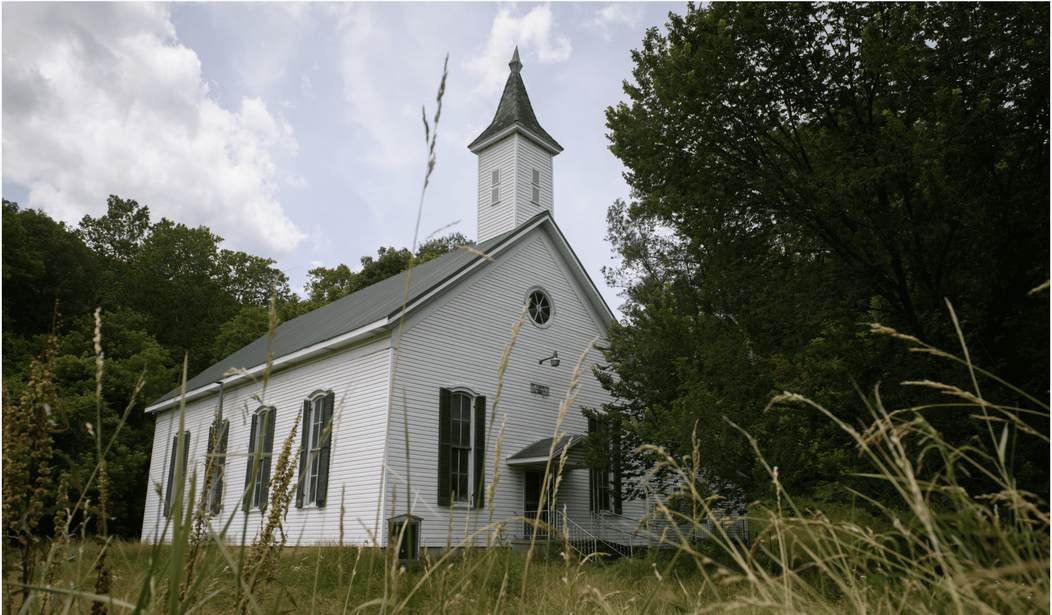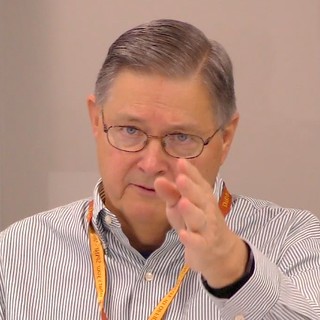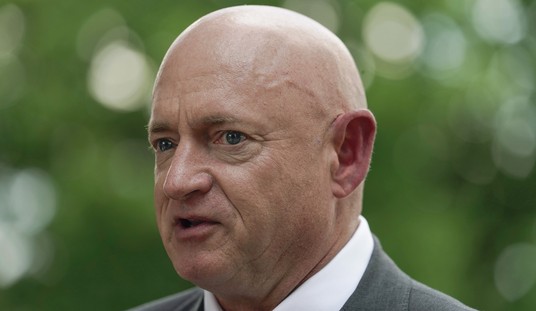Although I've known Focus on the Family Vice-President Tim Goeglein for more than two decades, it was only upon sitting down earlier this week with an advance text of his latest book that I learned an important fact he and I share.
Tim was born in January 1964, shortly after President John F. Kennedy's November 1963 assassination. And, since I was born in 1950, Tim and I are bookends of the Baby Boomer Generation (1946-1964), the generation that enjoyed the best fruits of the Greatest Generation's sacrifices in the Great Depression and World War II — the succeeding period of peace, progress, and prosperity that was unmatched in human history.
We had "Captain Kangaroo," the "British Invasion" in popular music as well as "the Sexual Revolution," the "Burn, Baby, Burn" riots, and the "New" Left's takeover of the Democratic Party. Plus, the assassinations of the Rev. Martin Luther King and Democratic presidential contender Bobby Kennedy, the Vietnam War, and Richard Nixon's Watergate disgrace.
If you detect a certain progression in those events, you have likely wondered the same question that prompted Tim to write "Stumbling Toward Utopia." As he explains in his introduction, "hardly a day goes by without someone asking me, 'What happened to America?' or 'How did we end up in such a mess?' For many, they feel they are living an American nightmare, rather than the American Dream."
The origin of the word "Utopia" is the first fact in understanding how indeed we got to where we are today, in a year that has seen an incumbent President forced to give up his re-election campaign despite receiving more votes than any rival, as well as two assassination attempts on his predecessor as he seeks to return to the Oval Office.
Saint Thomas More, before Henry VIII had his head removed, created the word "utopia" by combining the Greek terms for "no" and "place," to prevent anybody ever thinking such a heaven on Earth could actually be achieved. Unfortunately, as Tim explains, the sirens of the Left in the late 19th and early 20th centuries got exactly the opposite message, with murderous consequences:
What happened in the 1960s, and continues to this day, did not occur overnight. It was the culmination of incremental efforts by determined progressives to remake America into something the Founding Fathers would not recognize.
While much of America was unaware, in the first 60 years of the 20th century, Progressives were taking over every major institution:academia, religion, primary education, entertainment, and local governments. Once entrenched, they used raw power, ridicule, and intimidation to consolidate and strengthen their control.
At last, they could then launch their radical transformation in the 1960s—starting on the coasts, and like a bad cancer, eventually metastasizing inland. And like a spreading disease, America began eating away at itself until eventually nothing was left except an empty shell of what she once was.
If that formulation strikes you as "conspiracy thinking," I can only encourage you to learn, beginning with a mirror, what is meant by "psychotic denial."
Having defined the malady, Tim expertly takes his readers through nine chapters deftly laying out in factual terms how the radical transformation marched through the institutions of the American polity, including in matters of public civility, education, entertainment, economics, family, morality, and religion. His tenth and concluding chapter expertly describes America's roadmap for the way back from these calamitous stumbles.
To illustrate Tim's mastery of these matters, and because he and I share a deep, abiding evangelical faith in Jesus Christ as our Lord and Savior, I should point readers to his Chapter Eight on "The Religious Stumble."
The Eisenhower decade of the 1950s was in some key demographic respects the height of religious participation in contemporary America. But behind the appearances lay gnawing factors that made American churches, especially among the Catholic and Mainline Protestant denominations, choice targets of the Progressives.
"While the 1950s are still looked upon as the height of American spirituality,there were definite storm clouds on the horizon. Yes, record numbers of Americans were going to church, and many still espoused, even if they didn’t necessarily adhere to, an established moral code," Tim explains.
"The mainline religion of the 1950s was socially acceptable, did not require sacrifice, and in many instances, was more therapeutic than challenging. For many, church attendance was simply a box to be checked off each week. In many ways, American spirituality was a mile wide but an inch deep."
In other words, American spirituality had grown among millions of adherents to have little more than the appearance of a connection with the resurrection faith that transformed the ancient world from brutal paganism to what would ultimately become Western civilization at its best.
As orthodox Christian beliefs — including especially the necessity for the individual's repentance and reformation through a transformative personal relationship with the living Christ — declined, they were steadily replaced in the most vulnerable congregations with forerunners to today's familiar obsessions: unlimited abortion, the LGBQT+ madness, increasing adoption of the Marxist-derived and deeply racist Critical Theory, wholesale rejection of the American founding, and much, much more.
The data-driven evidence Tim presents of the consequences for Woke churches is devastating, including this:
A 2020 study by Lifeway Research, affiliated with the Southern Baptist Convention, found that in 2019 — before the COVID-19 pandemic which would only accelerate the decline in church attendance — 4,500 Protestant churches closed in comparison to 3,000 new ones opening. Just five years earlier, in 2014, 4,000 churches opened, compared to 3,700 closing.
A study done by the Center for Analytics, Research, and Data, which is affiliated with the liberal United Church of Christ, was even more alarming. It found for the decade ending in 2020, houses of worship closed at the rate of 75–100 congregations per week, with an estimated 3,850–7,700 churches closing per year. Another poll by Gallup found church/synagogue/mosque membership declined from 70 to 47 percent of the population in the period from 2000 to 2020.
And we wonder why we are steadily being robbed of our once cherished freedoms.
Related: Should Christians Attend Same-Sex Weddings?
I am reminded here of something Ronald Reagan said near the end of his famous speech on behalf of GOP presidential nominee Barry Goldwater late in the 1964 campaign:
"You and I have a rendezvous with destiny. We can preserve this, the last best hope for freedom on Earth for our children and our grandchildren. Or we can sentence them to a thousand years of darkness. Let them at least say of us that we did all that could be done."
As Tim makes clear with his roadmap in the tenth chapter, there remains so very much to be done if the American Dream is to be recovered. But it can be done if only enough of us choose to do it, to persevere in it, and always remember that, as Paul tells us in II Corinthians 3:17, "Where the Spirit of the Lord is, there is freedom."










Join the conversation as a VIP Member